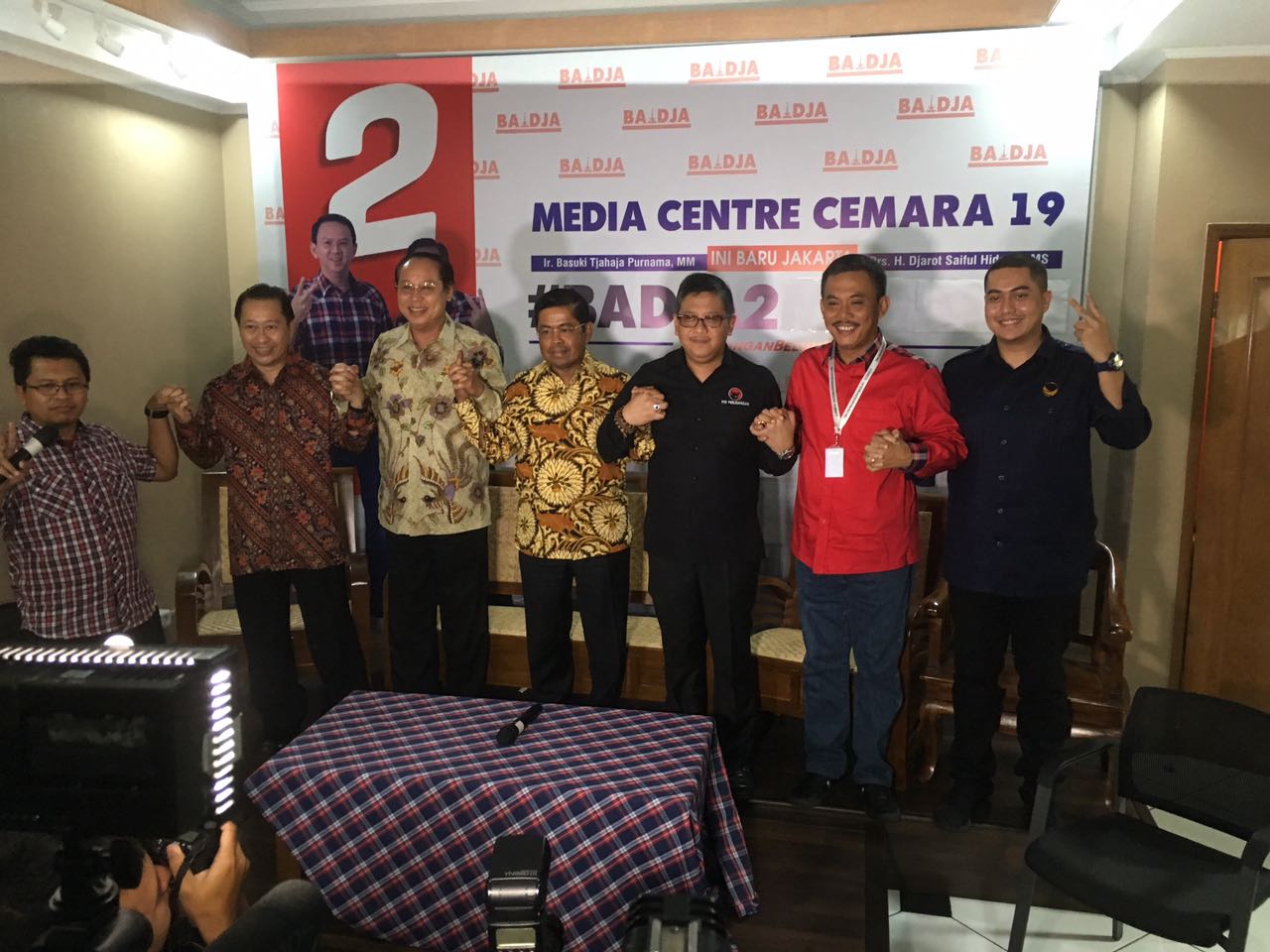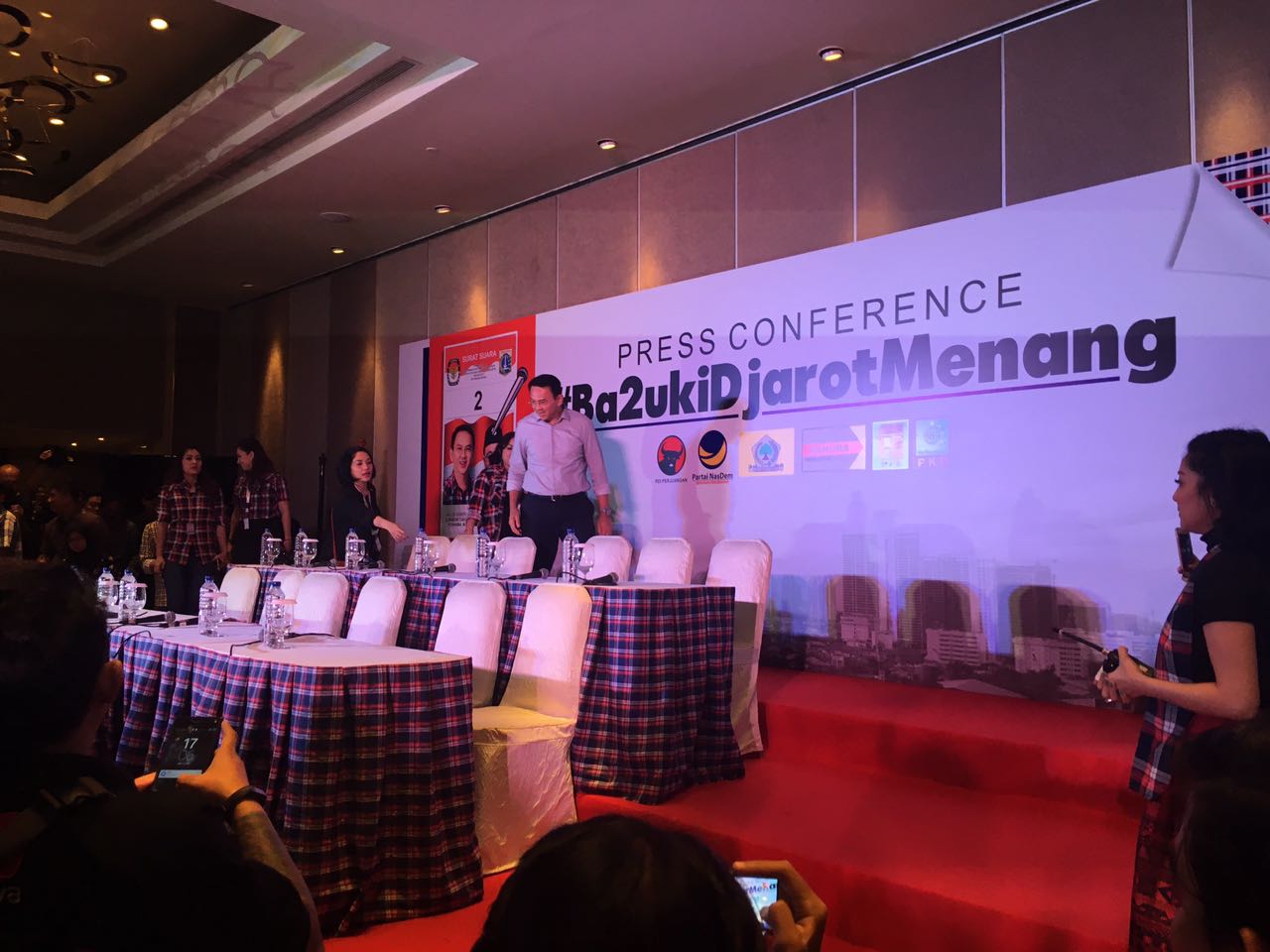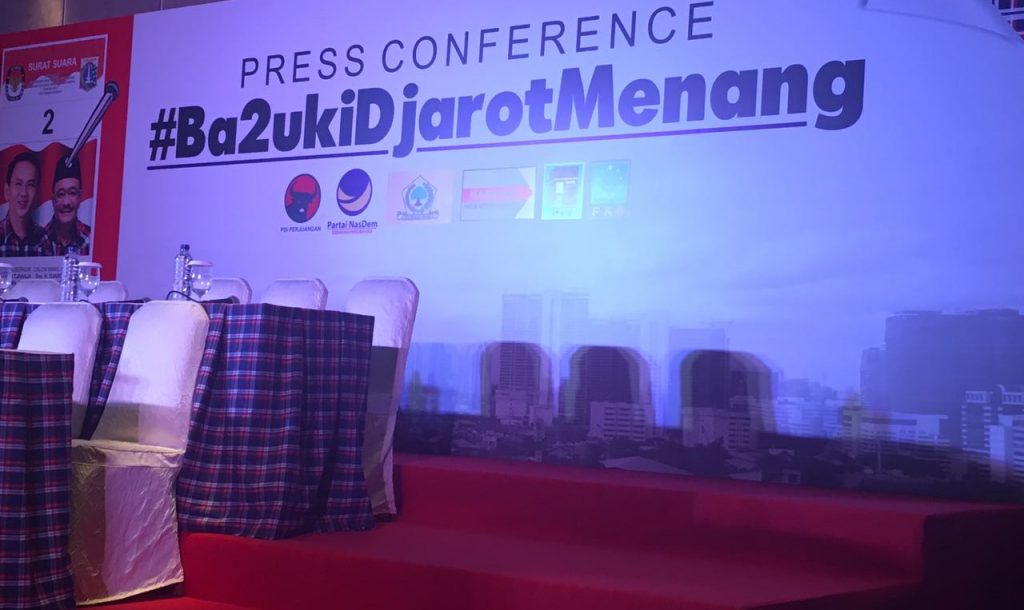The Jakarta election is widely seen as a testing ground for the presidential election campaign two years later. Two major changes occurred in this election which will shape the presidential elections in 2019.
The first change is well known: the mobilisation of Islamic groups. The broader campaign strategy to appeal via Islamic piety has now proven to be a winning formula in Jakarta. Candidates will look to emulate this campaign style in 2019. It is likely Anies Baswedan will continue to court Islamic groups as Jakarta governor, as Jokowi continued his successful blusukan campaign strategy in 2012 and 2013. If Anies polls well, he’ll be in the running for president or vice-president in 2019. Prabowo Subianto’s attendance at Istiqlal Mosque on the night of the election, praising FPI leader Rizieq Shihab, is one indication he will also be looking to adopt a similar campaign courting conservative Islamic groups.
The second game-changer is less discussed: the decline of ‘pluralist’ volunteer groups in the Ahok-Djarot campaign.

While political party machinations were an important part of the Jokowi-Ahok 2012 campaign, volunteers were also vital. Both candidates were nominally members of political parties, but Jokowi and Ahok had populist appeal as men of the people, outsiders, and reformers. Jokowi quickly became the most popular figure in Indonesian politics, a wave he would ride to the presidency in 2014.
Jokowi and Ahok provided impetus for non-political party actors to be more involved in shaping democratic discourse, and to assist in the victory of a reformist, non-Jakarta elite candidate. Much of this message was forged in 2012 in the Jakarta campaign. One could see the formation of broader non-political party actors threatening elite decision making around, and execution of, campaign strategy.
Indeed, some of these groups were not independent from elite funding. But that a cacophony of disparate groups and interests emerged showed a broader popular support of campaigning that excited a younger generation of Indonesians to be more active in political campaigning. As a former member of the Jokowi Centre volunteer hub told me just last week when we were reflecting on the 2012 campaign, ‘Jokowi had a capacity to attract people through social media. Grassroots organisations to become a hub. Young people, people not connected to political parties, and other communities became involved. Passion was a big part of participation’.
Where were these people in 2017? Where were the artists, the actors, the punk rockers and other musicians who had previously backed Jokowi and Ahok? Where were the volunteers or the digital media whiz kids, who seemed to be a new force in political campaigning in 2012? Observing the campaign, I suggest these groups have dissipated, and provide a few reasons why this is the case.
First, this ‘bottom up’ mobilisation declined once Ahok chose not to run as an independent and instead to join with a political party, PDI-P. PDI-P chose to run the campaign through their party machine. Teman Ahok, a large group of loyal campaigners who secured over a million signatures to allow Ahok to run as an independent, were sidelined. Ahok distanced himself from them during the campaign. There was no communication around campaign strategy between PDI-P and Teman Ahok throughout the two rounds.

Many in Teman Ahok chose to leave after the first round. Others stayed on, creating content for social media and knocking on doors in the hope they could sway the result. But overall the Ahok-Djarot campaign became characterised by ‘top-down’ decisions through PDIP, rather than one which encouraged the flourishing of a cacophony of ‘bottom-up’ forces.
Second, much of the creative content for this campaign did not really resonate. Let’s take one example in 2012: a group of digital-media savvy volunteers created a music video based on a One Direction song depicting Jokowi and Ahok as reformers. It went viral, cementing the pair as the bandwagon for reformist Jakartans to hitch a ride on. No such supporter generated viral material emerged in 2017.
The one video that did resonate was a Bhinneka Tunggul Ika [Unity in Diversity] video, conceptualised by PDI-P, which directly confronted the issue of race and religion. It was widely shared but polarised viewers, with the hashtag #iklanahokjahat [Ahok’s evil ad] trending on Twitter. Within 24 hours, a campaign source said, PDI-P leadership demanded it be taken down.
The backlash from the ‘Bhineneka Tunggal Ika’ video shows the difficulty of campaigning for Ahok supporters. How do you openly criticise Muslim groups without being accused of adding to sectarian divides? Many chose to remain silent. Others chose to focus on more mundane issues. At a time of religious protests, netizens got excited by Jokowi’s Zara jacket, or the blue umbrella he carried. The social media response provided humour in a tense situation, but it also showed that many people were wary to openly declare support for Ahok (or Jokowi) against Islamist campaigners. In all, Jakarta’s non-political party campaigners were far less present, less rambunctious and less relevant in this Jakarta election of 2017.

It must also be said that Ahok is not the same figure as Jokowi was in 2012. For a start, he’s the incumbent, so it is harder to run on a campaign of ‘new and exciting’ as Jokowi did from 2012-2014. Ahok was also seemingly unable to bring a disparate and motley crew of volunteers, professional creatives and tech nerds together.
Another factor is that by 2017 social media campaigning has become the ‘bad guy’. The Jakarta election campaign reflects worldwide trends of online campaigning described as ‘weaponisation’ through fake news and ‘black’/slanderous campaigns. All campaign teams claimed to have been targets of damaging ‘false news’ or ‘black campaigns’. In Ahok’s case it was that he was a communist, or had links to the Chinese government. In Anies Baswedan’s case, it was that he was looking to implement Sharia law in Indonesia. Agus’s team said the material being spread via Whatsapp and Facebook that SBY funded the November and December mass rally ultimately hurt their campaign. In Jakarta as elsewhere, social media is a key space for the flourishing of sectarian divisive politics.
As we look ahead to 2019, Jokowi should be concerned is that his non-political party supporter base may be dissipating. Many volunteer groups who expected more of a say in his presidency have been disappointed. Others who did not support Prabowo in 2014 rallied behind Anies in 2017.
Indonesian democracy is often described as rambunctious and kaleidoscopic, but in the 2017 Jakarta election the leading campaign forces shifted from young, pluralist reformers to Islamic leaders and groups.
……………
Ross Tapsell is a lecturer in Asian Studies at the Australian National University. He was in Jakarta throughout the first and second round campaign. All photos above taken by the author.
 Facebook
Facebook  Twitter
Twitter  Soundcloud
Soundcloud  Youtube
Youtube  Rss
Rss 